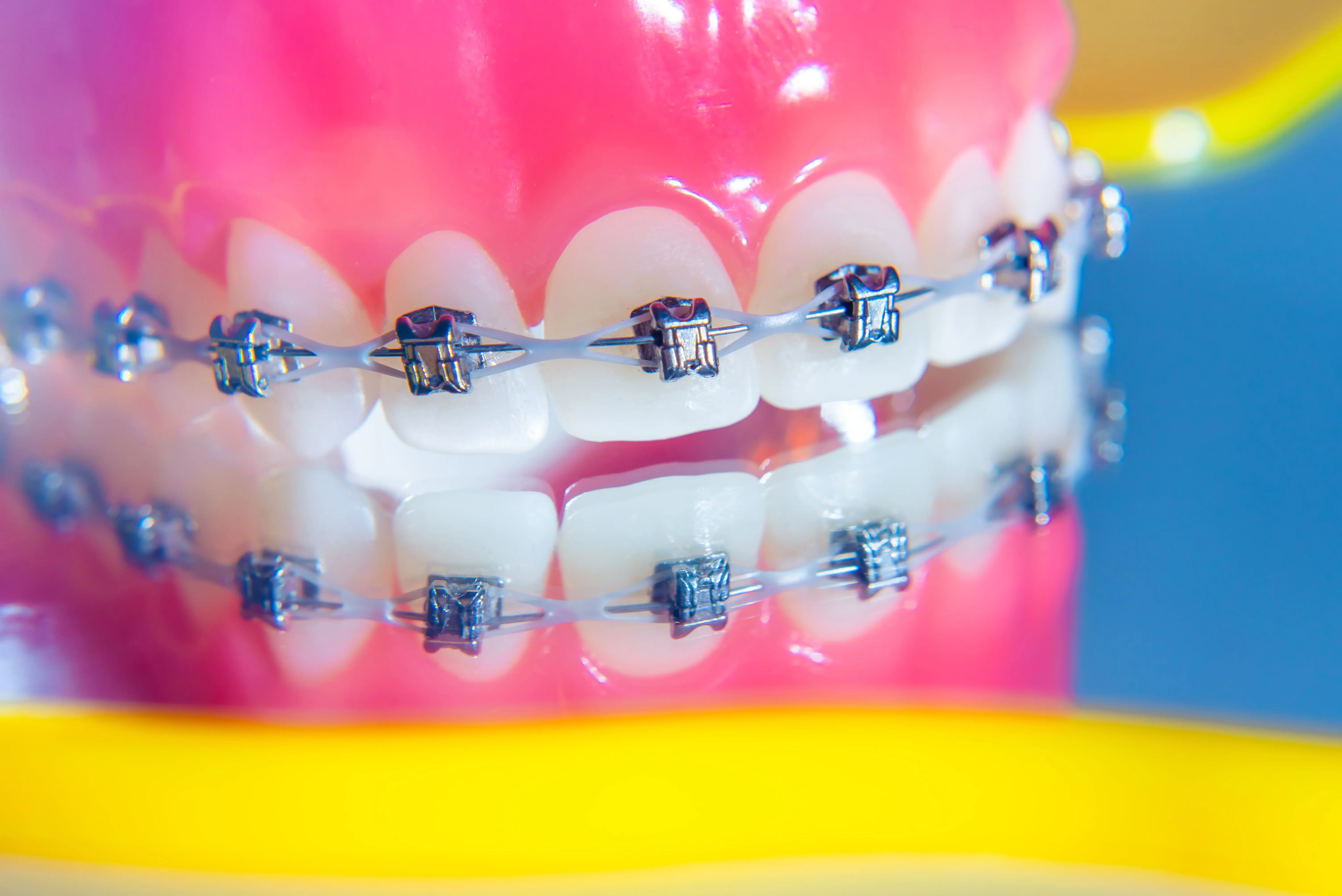What is the hardest part of Braces?
Embarking on your journey towards a perfect smile with braces can be exciting. Nonetheless, it does come with its fair share of difficulties. Therefore, what constitutes the most challenging aspect of braces? The answer varies from person to person, but let's explore some common difficulties and how to navigate them.
The Challenges of Different Types of Braces
There are various types of braces available today, each with its unique set of challenges. Traditional metal braces, made of stainless steel, are the most common type. They consist of metal brackets and wires that apply pressure to move the teeth into their proper positions. The metal wire, also known as the arch wire, is held in place by ligation braces, which can sometimes cause discomfort and jaw pain.
ceramic braces are a more aesthetic alternative to metal braces. However, they require meticulous oral hygiene as they can stain easily. Invisalign, on the other hand, uses clear plastic aligners that are virtually invisible. They need to be worn for at least 22 hours a day and require good oral hygiene practices to prevent dental problems.
Lastly, lingual braces are attached to the back of the teeth, making them less visible. However, they can be more challenging to clean, and the brackets and wires can irritate the tongue.
Maintaining Oral Hygiene With Braces
Maintaining optimal oral hygiene while wearing braces can indeed prove to be a demanding task, with the process often resembling a delicate balancing act. The importance of scrupulous dental care during orthodontic treatment cannot be stressed enough, as it plays a pivotal role in safeguarding your overall dental health.
One must remain diligent in their efforts to ensure that their teeth and braces remain in pristine condition. The brackets and wires of braces, which are designed to correct dental misalignments, inadvertently create additional surfaces for food particles to nestle into, thereby necessitating extra care and attention. This meticulous approach to dental hygiene is essential to prevent the unwanted consequences of trapped food particles and plaque buildup, both of which can lead to a host of dental health issues.
To maintain a healthy smile while holding the wire, it's crucial to adopt a comprehensive and thorough oral care routine that includes regular brushing, flossing, and, if necessary, the use of specialized orthodontic tools to reach those hard-to-access areas. By staying committed to these practices, you can not only ensure the longevity and effectiveness of your braces but also protect your dental well-being for the long run.
Therefore, it's important to brush your teeth after every meal, floss daily, and consider brace treatments if needed. Regular teeth cleaning sessions with dental professionals are also essential. Moreover, certain food and drinks should be avoided to prevent damage to your braces. These include hard, sticky, and sugary foods, as well as carbonated drinks.
Adjusting to Life With Braces
Adjusting to life with braces can be challenging. You may experience discomfort, difficulty eating, and even changes in your speech. However, these challenges are temporary and will lessen as you get used to your orthodontic appliances. Remember, the American Association of Orthodontists assures that the end result - a beautiful, healthy smile - is worth the temporary discomfort.
There are various treatment options available in the United States today, and your orthodontist will help you choose the best one based on your specific needs and treatment planning. With patience, perseverance, and proper dental care, you can successfully navigate the challenges of braces.
Ready to start your journey towards a perfect smile? Book an appointment with us today!
